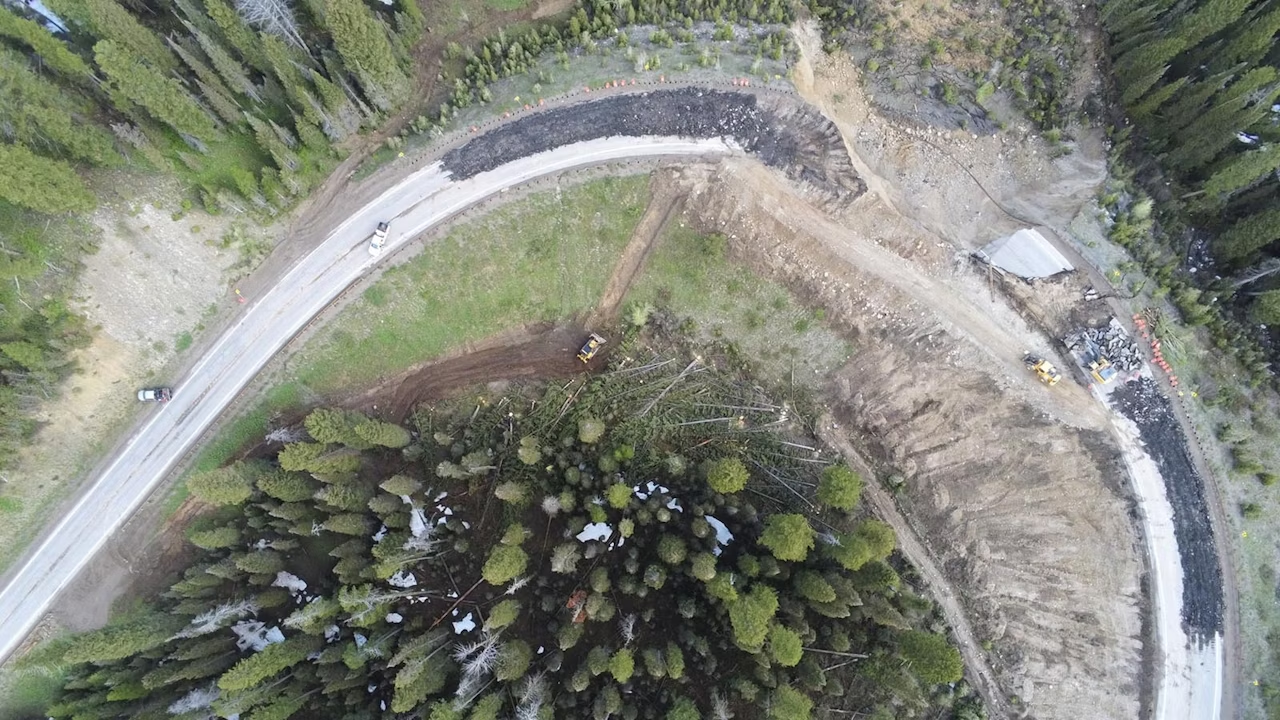Wyoming Coal Mine in Powder River Basin Will Stop Operations
Written by Associated Press on February 10, 2021
CASPER, Wyo. (AP) — A Wyoming coal mine says it will shut down, making it the second mine in the Powder River Basin to announce this year that it’s closing.
St. Louis, Missouri-based Arch Resources Inc., owner of Coal Creek mine in Wyoming, made the announcement Tuesday as the company transitions away from thermal coal generation toward coking coal, a type of coal used to make steel and other products, the Casper Star-Tribune reported.
Arch Resources said it plans to wind down operations at the mine near Gillette and begin cleaning up the site over the next two years.
The company said it lost $78.5 million in the final quarter of last year. The Coal Creek mine produced about 2 million tons of its lower heat value coal last year, 73% less than in 2018.
The mines in the Powder River Basin produce about 40% of the nation’s coal, but production has declined in part because of a push for natural gas and renewable energy. Montana’s Decker coal mine, also in the Powder River Basin, closed last month.
Production losses from coal companies have led to rising unemployment and worsening state revenue shortfalls. The coronavirus pandemic also lowered the demand for coal.
“We’re going to continue to fight for every Wyoming job,” Republican U.S. Sen. John Barrasso said in response to the mine closure. “The Biden administration has declared war on our way of life in Wyoming and American energy. They’ve declared war against oil, gas, coal, and we need all the energy.”
Arch Resources said in October that it expected to slash thermal coal production over the next two to three years at its Coal Creek and Black Thunder coal mines in Wyoming. The Black Thunder mine is the second-largest mine in the U.S., producing about 10% of the nation’s coal.
“We are driving ahead with our strategic pivot with a strong sense of urgency,” CEO Paul Lang said. “Our objective is to continue to harvest value and cash from our legacy thermal assets, even as we execute on reducing our long-term closure obligations in a measured, systematic and sustained way.”




